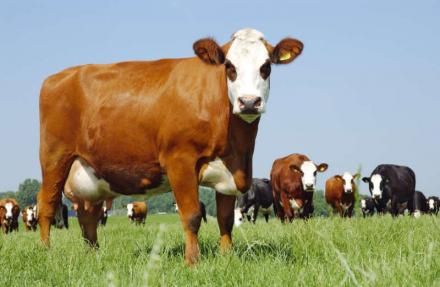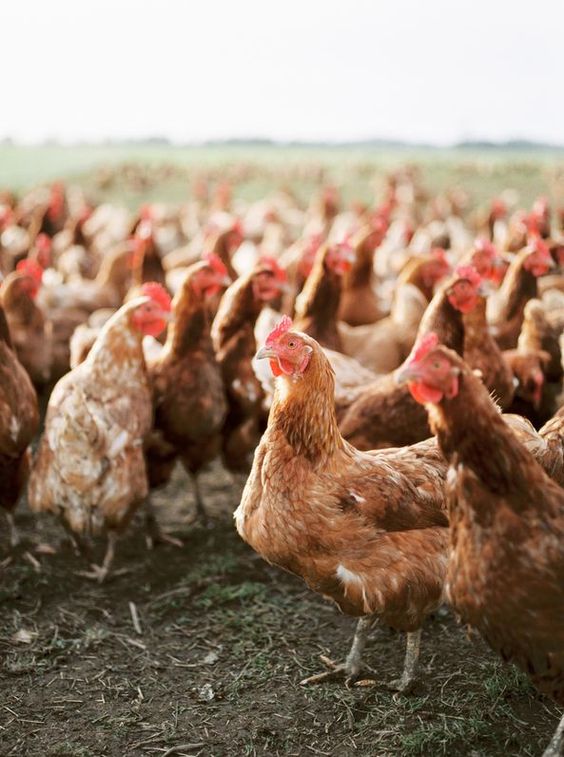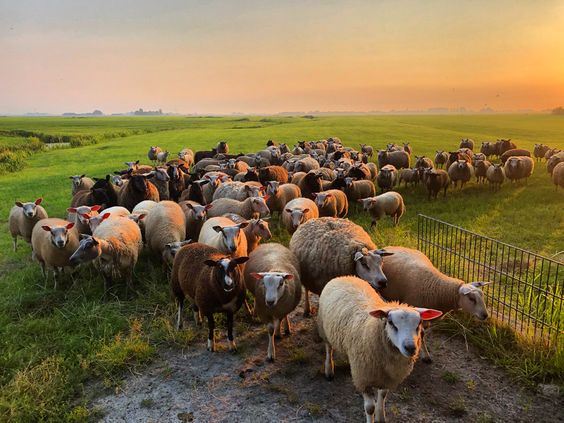Cattle Breeding Explained: Techniques, Benefits, and Sustainable Practices for Modern Farmers
Cattle breeding is a pivotal aspect of agriculture, playing a crucial role in food production, economic development, and the sustainability of farming practices. This comprehensive article will delve into various aspects of cattle breeding, including its benefits, objectives, strategies, and considerations for effective management.
Cattle breeding involves the selective mating of cattle to produce desired traits in offspring. This practice is essential for enhancing productivity, improving meat quality, and increasing the overall efficiency of cattle farming. Breeding programs can focus on various traits, including growth rate, feed efficiency, reproductive performance, and disease resistance.The significance of cattle breeding extends beyond individual farms; it impacts the entire agricultural sector by ensuring a stable supply of beef and dairy products. As global demand for animal protein increases, efficient breeding practices are vital for meeting this demand sustainably.
Benefits of Cattle Breeding
Cattle breeding offers numerous benefits, including:
- Improved Genetic Quality: Selective breeding enhances desirable traits such as growth rate, milk production, and disease resistance, leading to healthier herds.
- Increased Productivity: By focusing on specific traits, breeders can produce cattle that grow faster and yield more meat or milk, improving the economic viability of cattle operations.
- Sustainability: Effective breeding programs can contribute to sustainable farming practices by producing cattle that are more efficient in their feed conversion and require fewer resources.
- Economic Growth: The cattle industry is a significant contributor to the economy, providing jobs and supporting rural communities. Improved breeding practices can enhance profitability for farmers.
- Adaptation to Environmental Changes: Breeding can help develop cattle that are better suited to local environmental conditions, improving resilience against climate change and disease outbreaks.
Objectives of Cattle Breeding
The primary objectives of cattle breeding include:
- Enhancing Meat and Milk Production: Breeding programs aim to increase the quantity and quality of meat and milk produced by cattle.
- Improving Reproductive Efficiency: Efficient reproduction is crucial for maintaining herd size and productivity. Breeding strategies often focus on improving fertility rates and reducing calving intervals.
- Developing Disease Resistance: Breeding for disease resistance can reduce the need for veterinary interventions and improve herd health.
- Optimizing Feed Efficiency: Selecting for traits that improve feed conversion ratios can lead to lower feed costs and reduced environmental impact.
- Preserving Genetic Diversity: Maintaining a diverse gene pool is essential for the long-term sustainability of cattle breeding programs.
Ideas and Topic Suggestions for Cattle Breeding
- Crossbreeding Strategies: Exploring the benefits of crossbreeding different cattle breeds to enhance specific traits such as growth rate and adaptability.
- Use of Technology in Breeding: Investigating how technologies like artificial insemination (AI) and genetic testing can improve breeding outcomes.
- Sustainable Breeding Practices: Discussing methods for breeding cattle that minimize environmental impact and promote animal welfare.
- Economic Analysis of Breeding Programs: Evaluating the financial implications of various breeding strategies and their return on investment.
- Impact of Climate Change on Cattle Breeding: Analyzing how changing environmental conditions affect breeding decisions and cattle health.
Advantages of Cattle Breeding
The advantages of effective cattle breeding programs are manifold:
- Higher Profit Margins: Improved productivity and efficiency lead to greater profitability for cattle producers.
- Better Quality Products: Enhanced genetic traits result in higher quality meat and milk, meeting consumer demands for premium products.
- Resilience to Market Fluctuations: A well-bred herd can better withstand market volatility due to improved efficiency and lower production costs.
- Long-term Sustainability: By focusing on sustainable practices, cattle breeding can contribute to the longevity of the cattle industry.
Breeding Programs in Cattle Breeding
1. Types of Breeding Programs
Cattle breeding programs can be categorized based on their goals and methodologies. Common types include:
- Purebred Breeding: This involves breeding animals of the same breed to maintain and enhance specific traits. Purebred programs are often focused on producing high-quality animals for registration and sale.
- Crossbreeding Programs: These programs aim to combine the strengths of different breeds to produce hybrid offspring with desirable traits. Crossbreeding can enhance growth rates, fertility, and adaptability.
- Seedstock Production: This program focuses on producing high-quality breeding stock for other producers. Seedstock breeders often use advanced genetic selection techniques to ensure their animals meet industry standards.
2. Setting Breeding Goals
Establishing clear breeding goals is essential for the success of any breeding program. Goals may include:
- Improving Specific Traits: Breeders might focus on enhancing traits such as meat quality, milk production, or disease resistance.
- Increasing Herd Size: Breeding programs can aim to expand herd size through improved reproductive efficiency and calf survival rates.
- Enhancing Marketability: Breeding for traits that align with consumer preferences, such as tenderness and marbling in beef, can improve marketability.
Ethical Considerations in Cattle Breeding
1. Animal Welfare
Animal welfare is a significant concern in cattle breeding. Ethical breeding practices should prioritize:
- Health and Well-Being: Breeders should ensure that animals are healthy and free from genetic disorders. This includes avoiding inbreeding and selecting for traits that do not compromise animal health.
- Natural Behaviors: Providing environments that allow cattle to express natural behaviors is crucial for their overall well-being.
2. Transparency and Traceability
Consumers are increasingly interested in the origins of their food. Ethical breeding practices should include:
- Transparency in Breeding Practices: Breeders should be open about their methods, including the use of technology and genetic selection.
- Traceability: Implementing systems that allow consumers to trace the lineage of their meat and dairy products can enhance trust and accountability in the industry.
Challenges in Cattle Breeding
1. Market Volatility
The cattle industry is subject to fluctuations in market prices, which can impact breeding decisions. Breeders must navigate:
- Economic Uncertainty: Changes in consumer demand, feed prices, and global trade can affect profitability.
- Long-Term Planning: Breeding decisions often require long-term investments, making it essential for breeders to anticipate market trends.
2. Disease Management
Disease outbreaks can have devastating effects on cattle populations. Breeders should be proactive in:
- Implementing Biosecurity Measures: Preventing the introduction and spread of diseases through strict biosecurity protocols is essential.
- Selecting for Disease Resistance: Breeding programs that focus on enhancing disease resistance can help mitigate the impact of outbreaks.
The Role of Education and Research in Cattle Breeding
1. Continuing Education for Breeders
Staying informed about the latest advancements in cattle breeding is crucial for success. Breeders can benefit from:
- Workshops and Seminars: Participating in educational events can provide valuable insights into new breeding techniques and technologies.
- Online Resources: Many agricultural organizations offer online courses and resources to help breeders stay current with industry trends.
2. Research and Development
Ongoing research in cattle breeding is essential for addressing challenges and improving practices. Key areas of focus include:
- Genetic Research: Advancements in genomics and biotechnology can lead to more effective breeding strategies and improved animal health.
- Sustainable Practices: Research into sustainable cattle farming practices can help reduce the environmental impact of the industry.
Cattle breeding is a multifaceted discipline that requires a deep understanding of genetics, animal husbandry, and market dynamics. By implementing effective breeding programs, prioritizing ethical considerations, and addressing industry challenges, cattle breeders can contribute to a sustainable and profitable agricultural sector.






